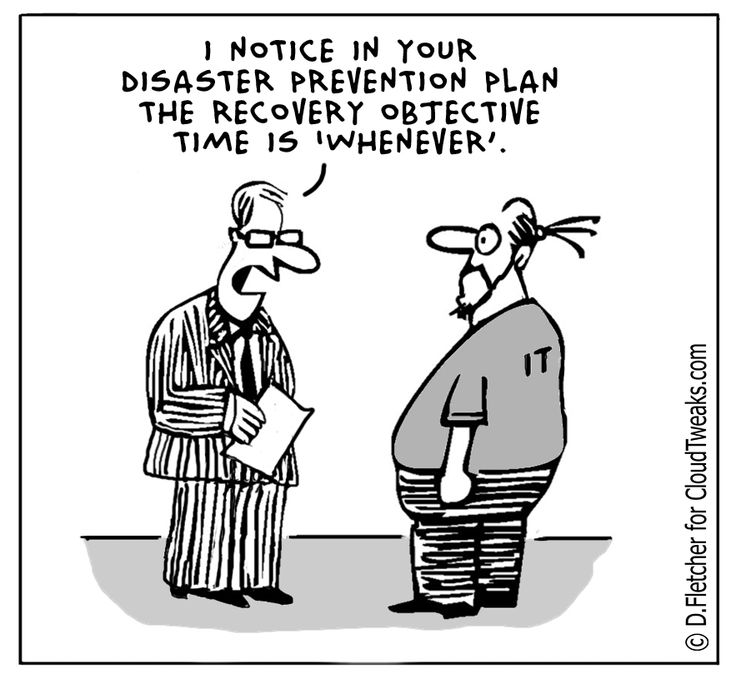Following recent negative headlines for social media, and Facebook in particular, Databarracks’ Peter Groucutt is warning organizations not to call time on their accounts. Social media is not just for promotion; during a crisis it is often your most effective communications medium.
“The best examples of crisis management comms on social media show that proactive engagement can generate goodwill and garner more patience from the public to rectify a situation. There are some simple steps an organization can take to prepare for social media communications during an incident. Read more






















